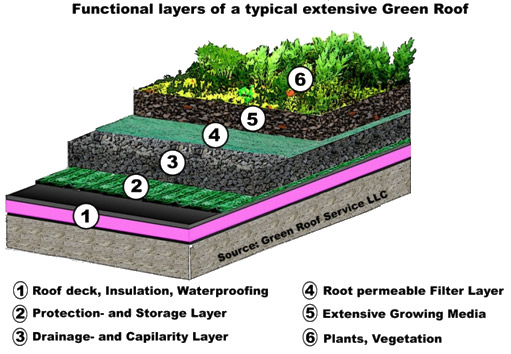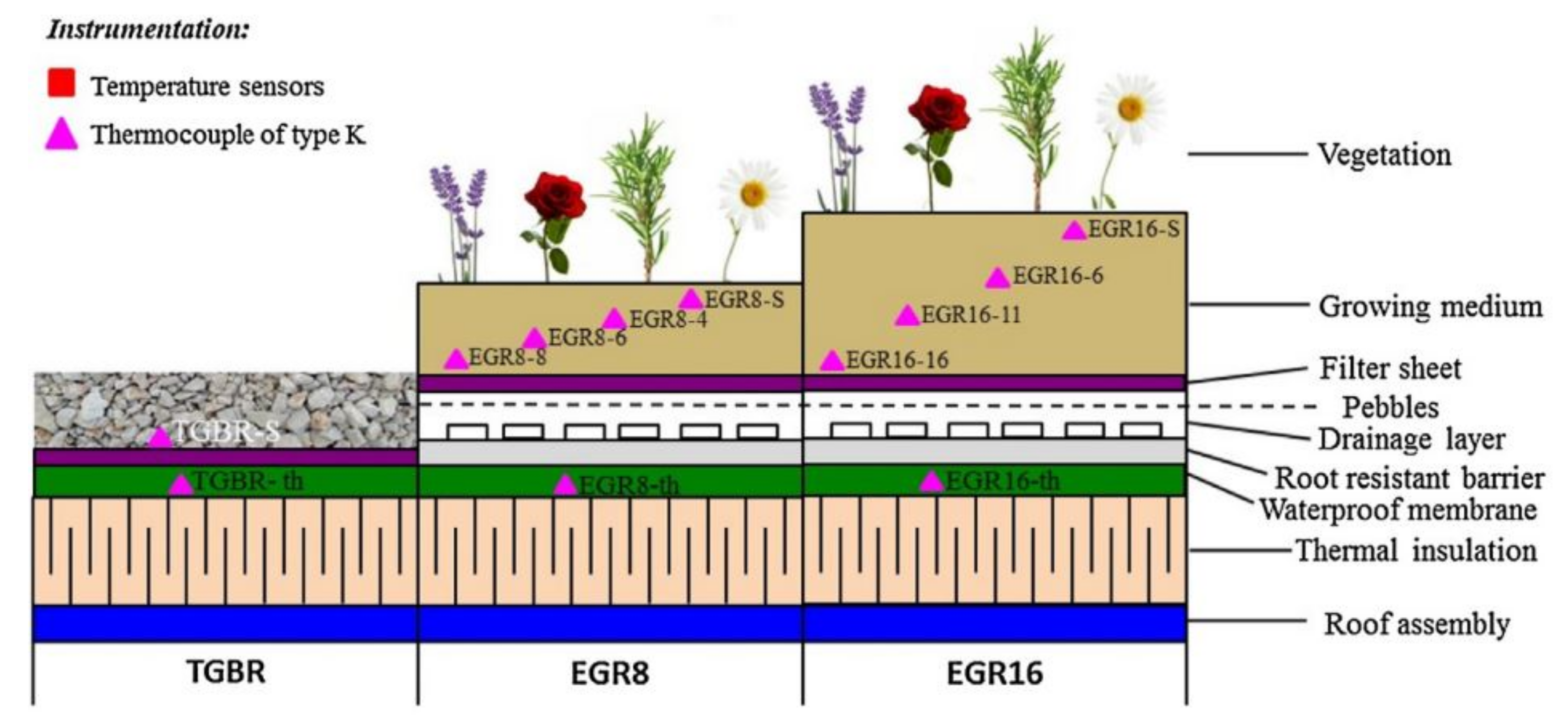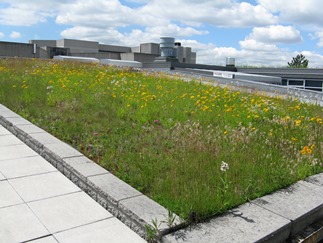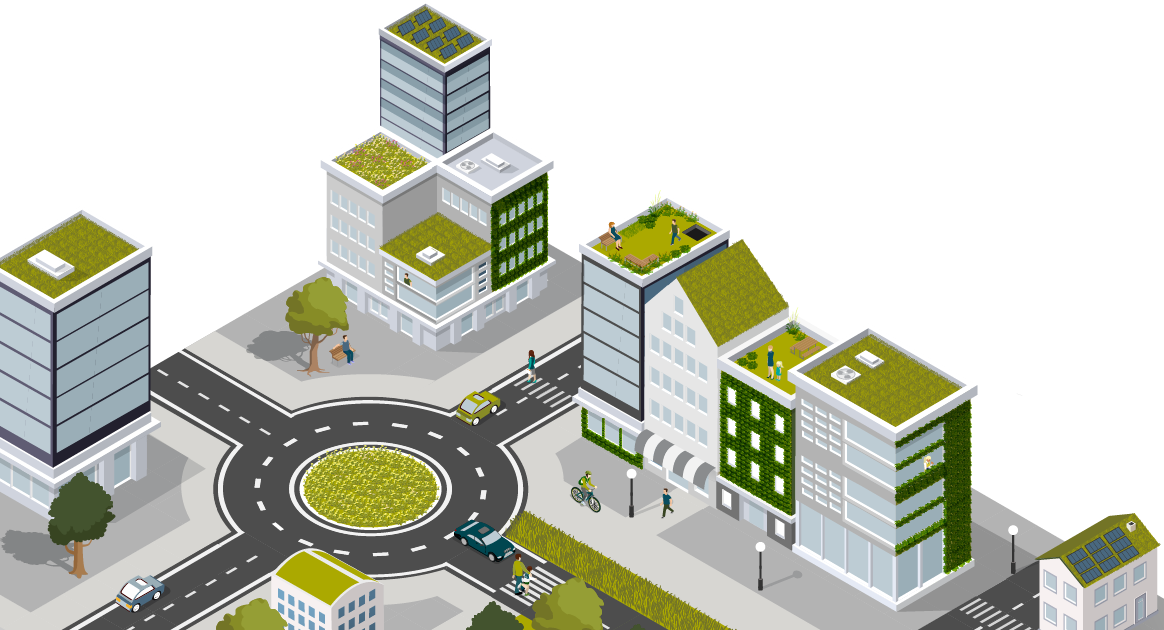The Role Of Extensive Green Roofs In Sustainable Development

Green roofs contribute to the sustainability efforts of an organization through.
The role of extensive green roofs in sustainable development. The benefits of green roof show that it plays an important role in making cities safe sustainable and resilient to climate change. The technology addresses a wide array of environmental issues associated with urbanization. A green roof s plants remove air particulates produce oxygen and provide shade. Green roofs can also help reduce the distribution of dust and particulate matter throughout the city as well as the production of smog.
Therefore many countries are giving incentives to the house owners for the application of green roof. Therefore the focus of this review is primarily on extensive green roofs. In addition green roofs play a critical role in improving the urban environment by enriching the biodiversity delaying the storm peak to the drainage system diminishing the runoff quantity purifying the air pollutants as well as the runoff quality. Before green roof technology can be incorporated into urban agriculture on a larger scale installation costs must be reduced roof weight limitations should be assessed and appropriate management practices should be developed which will ensure that the benefits of green roofs such as energy savings and storm water management are still provided to urban communities.
This can play a role in reducing greenhouse gas emissions and adapting urban areas to a future climate with warmer summers. Green roofs help reduce the urban heat island effect a condition in which urban environments absorb and trap heat. This also improves the service life of hvac systems due to decreased usage. The role of extensive green roofs in sustainable development.
Additionally this natural protection against extreme heat enables green roofs to last twice as long as traditional rooftops. So if the roofs are made green by vegetating it will act a major role in mitigating the uhi effect. Conserving energy by insulating the building and mitigating thermal heat gain which reduces the need for heating and cooling. Green roofs are lightweight engineered rooftops designed to promote the growth of vegetation while protecting the structural integrity of the roof.
Extensive roofs are much more common than deeper intensive roofs. Environmental and human health benefits of green roofs include air purification urban heat island amelioration lower building energy costs increased urban biodiversity reduced stormwater runoff and improved stream water quality.













































